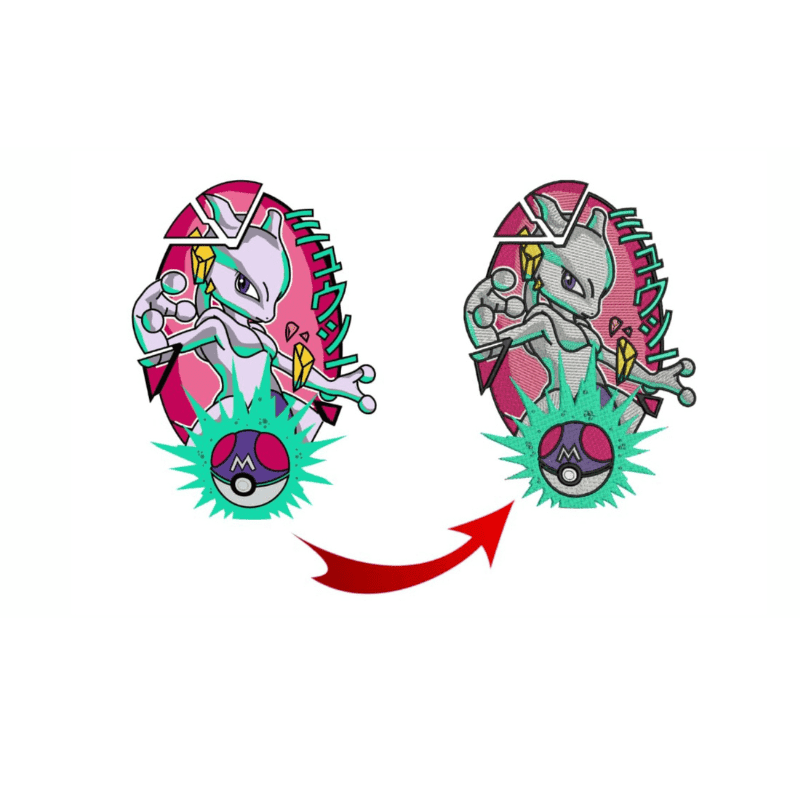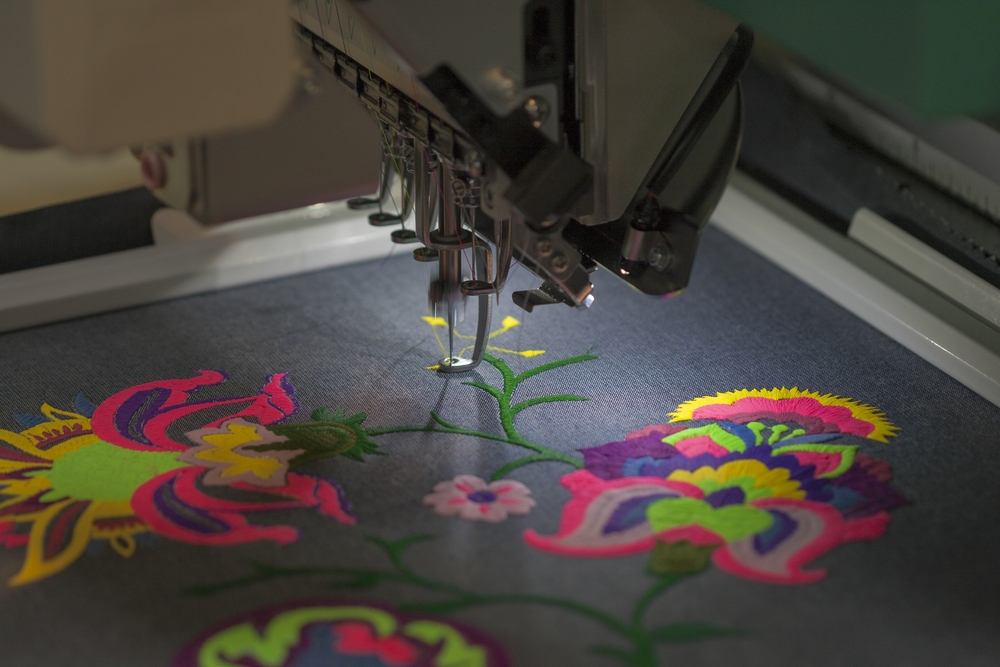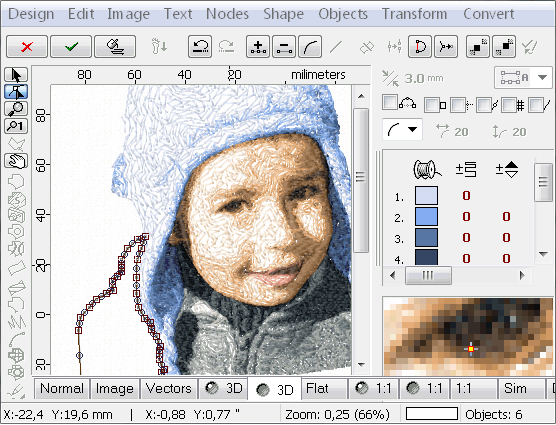Efficient Digitizing for Embroidery: Quick Turn-around
Efficient Digitizing for Embroidery: Quick Turn-around
Blog Article
Grasping the Needlework Digitizing Process: Your Ultimate Guide
Embroidery digitizing is a thorough craft that needs precision and knowledge to translate elaborate designs right into digital styles for equipment needlework. As craftsmens get started on this journey to master the needlework digitizing procedure, an extensive understanding of the basics establishes the foundation for excellence.

Comprehending Needlework Digitizing Basics
Needlework digitizing essentials create the structure whereupon elaborate designs are translated right into machine-readable formats for precise sewing. This preliminary action in the needlework digitizing process is important for guaranteeing that the final stitched product is a faithful representation of the original design. Comprehending embroidery digitizing basics includes grasping key concepts such as stitch types, stitch direction, thickness, underlay, and draw payment.
Sew types play an essential duty in determining the visual and textural outcome of the stitched style. By picking the suitable stitch type, whether it be satin, fill, or running stitch, digitizers can attain the desired effect and boost the general quality of the needlework. Furthermore, sew instructions affects the circulation and dimension of the design, while thickness determines the spacing and insurance coverage of the stitches.
Additionally, underlay sewing gives stability to the style by protecting the material and protecting against distortion during the needlework procedure. Pull compensation is another crucial consideration to neutralize the all-natural tendency of fabric to agreement when sewn. Understanding these embroidery digitizing essentials is essential for developing professional-quality stitched items.
Choosing the Right Digitizing Software
Choosing the proper digitizing software is a vital decision that substantially influences the performance and quality of the needlework digitizing process. Digitizing for Embroidery. When choosing the appropriate digitizing software, it is vital to consider factors such as the complexity of layouts you prepare to create, the user-friendliness of the software program, the level of consumer support used, and the compatibility with your embroidery maker
There are different digitizing software application options available in the marketplace, ranging from standard programs for novices to advanced software for specialist digitizers. Some preferred choices include Wilcom EmbroideryStudio, Hatch Embroidery Software, and PulseID. These software application packages provide a wide variety of devices and attributes to assist you create elaborate designs with ease.
Prior to deciding, it is recommended to discover the various software program options through cost-free tests or demonstrations to figure out which one ideal suits your demands. Additionally, reading evaluations and looking for recommendations from experienced digitizers can give beneficial insights right into the toughness click this site and weak points of each software (Digitizing for Embroidery). By very carefully reviewing your demands and contrasting the functions of various digitizing software program, you can make an informed choice that enhances your needlework digitizing process
Digitizing Devices and Techniques

Optimizing Design Setup for Embroidery
Mastering the details of style setups is essential in accomplishing optimal cause the embroidery digitizing procedure, structure upon the structure laid by understanding digitizing tools and strategies. When optimizing style settings for needlework, it is necessary to think about elements such as stitch kind, thickness, rug, pull payment, and registration. Sew kind choice affects the total feel and look of the design, with options like satin, fill, and running stitches supplying various structures and impacts. Density describes the spacing and thickness of stitches, influencing the style's insurance coverage and toughness. Appropriate underlay sewing offers security and stops material distortion, particularly for complex styles or on stretchy products. Pull payment readjusts for fabric stretch throughout sewing, making sure exact style replication. Registration settings line up various aspects of the design precisely, keeping total design stability. By fine-tuning these design setups, embroiderers can improve the quality and precision of their embroidered creations.

Troubleshooting Common Digitizing Issues
When experiencing typical digitizing problems during the needlework process, it is vital to comprehend the origin and implement reliable remedies quickly. One common trouble is stitch thickness problems, where stitches may be also thick, triggering the material to tighten, or also sparse, resulting in gaps in the design. Changing the stitch i loved this thickness settings in the digitizing software application can help settle this problem.
An additional frequent difficulty is string breaks during the needlework process. This can happen because of various factors such as wrong stress settings, boring needles, or utilizing low-quality string. Ensuring correct maintenance of the embroidery maker, consisting of regular needle changes and tension changes, can minimize the occurrence of string breaks.
In addition, design registration errors can lead to misaligned elements within the embroidery layout. Examining the layout placement in the digitizing software and making necessary modifications prior to sewing can aid in avoiding this issue. By addressing these typical digitizing concerns promptly and effectively, you can guarantee a smoother embroidery procedure and high-grade ended up items.
Verdict
In conclusion, mastering the embroidery digitizing find this procedure needs a solid understanding of the basics, the best option of software, and knowledge of tools and techniques. Maximizing style setups and repairing common digitizing problems are important action in making sure premium needlework outcomes. By following these steps diligently, one can attain accuracy and effectiveness in the digitizing process.
Report this page